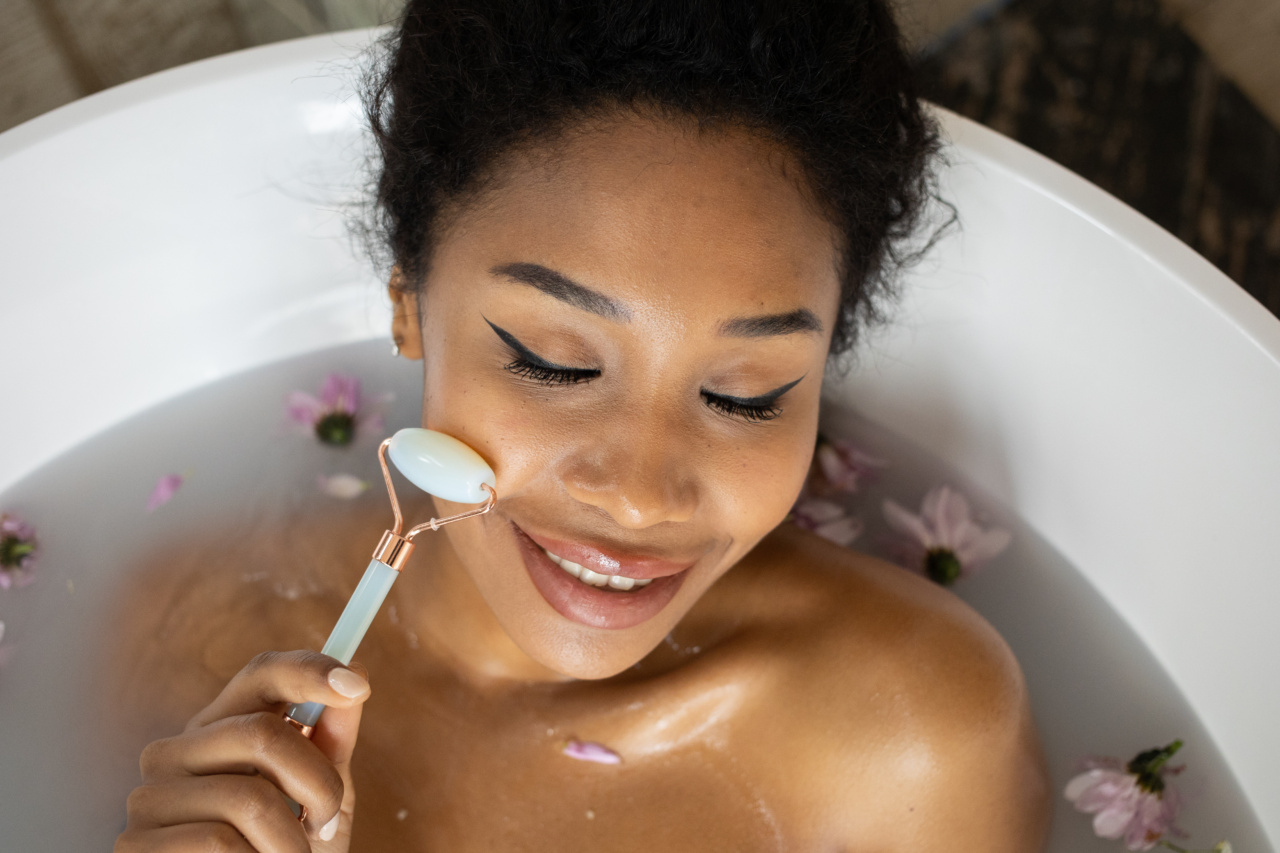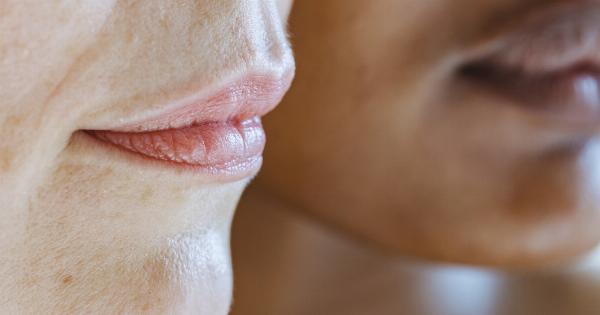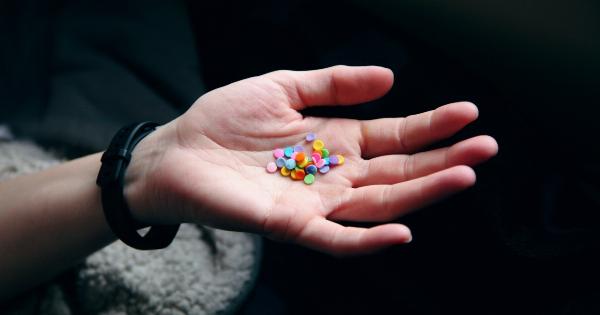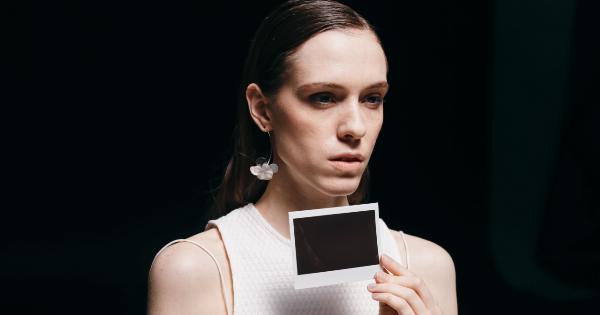Milk, a nourishing and versatile ingredient that has been used in beauty rituals since ancient times. From bathing in milk to applying it topically on the skin, milk has numerous beauty benefits.
This article will explore the various ways milk can be incorporated into different beauty products, from bath bombs to face masks, and its resulting benefits for the skin and hair.
Bath Bombs with Milk
Bath bombs are a luxurious addition to any bath time routine. They fizz and release essential oils and other nourishing ingredients that transform a regular bath into a spa-like experience.
Milk bath bombs, in particular, are a popular choice for their skin-softening properties.
When included in a bath bomb, milk can help to hydrate and moisturize the skin. Its lactic acid content also works to gently exfoliate and brighten the skin, leaving it soft and smooth.
Additionally, the fat and protein content in milk can help soothe and nourish dry, itchy skin.
Milk in Face Masks
Face masks are a relaxing indulgence that can help to rejuvenate and hydrate the skin. Adding milk to your DIY face masks can boost their effectiveness and leave you with a radiant complexion.
The lactic acid in milk works to gently exfoliate the skin, removing dead skin cells and revealing fresher, brighter skin underneath.
The fat in milk also helps to moisturize and soften the skin, while the protein content can help to soothe and calm skin irritation and inflammation.
Milk can be added to any type of face mask, from clay masks to sheet masks. Instead of using water as the base liquid, try using milk for a more nourishing and hydrating alternative.
Milk in Hair Care Products
Milk can also provide numerous benefits when used in hair care products. The protein content in milk can help to strengthen and repair damaged hair, while the fat content can help to moisturize and reduce frizz.
Milk can be used as a conditioning treatment, either on its own or as an ingredient in a hair mask. It can also be added to shampoos and conditioners to provide an extra boost of nourishment and hydration.
Milk Baths
The practice of bathing in milk dates back to ancient times. Cleopatra, the legendary beauty of ancient Egypt, was known for her milk baths. Today, milk baths are still a popular beauty ritual, especially for those with dry or sensitive skin.
A milk bath can help to hydrate and soften the skin, while the lactic acid content works to gently exfoliate and brighten the complexion. Milk also contains vitamins and minerals that can nourish and protect the skin.
To create a milk bath, simply add a few cups of milk to your bathwater and soak for 20-30 minutes. For an added boost, mix in some honey or essential oils.
Milk as a Cleanser
Milk can also be used as a gentle cleanser for the face. Its lactic acid content helps to exfoliate and brighten the skin, while its fat and protein content helps to moisturize and protect.
To use milk as a cleanser, simply dampen a cotton pad with milk and gently wipe it over your face. Rinse off with lukewarm water and pat dry.
Milk for Dark Circles
The fat and protein content in milk can also help to reduce the appearance of dark circles and puffiness around the eyes.
To use milk for dark circles, simply soak two cotton pads in cold milk and place them over your closed eyes. Leave on for 10-15 minutes before removing and rinsing your face with cool water.
Milk for Sunburn
Milk can also provide relief for sunburned skin. Its fat content can help to soothe and moisturize the skin, while its protein content can help to reduce inflammation and redness.
To use milk for sunburn, soak a clean cloth in cold milk and apply it to the affected area. Leave on for 15-20 minutes before gently rinsing with cool water.
Milk for Acne
The lactic acid content in milk can also help to fight acne and prevent new breakouts. It works by gently exfoliating the skin, removing dead skin cells and unclogging pores.
To use milk for acne-prone skin, mix a few drops of honey with a few tablespoons of milk to create a paste. Apply the paste to your face and leave on for 10-15 minutes before rinsing off with lukewarm water.
Milk for Eczema
Milk can also provide relief for those with eczema or other skin conditions. Its fat and protein content can help to soothe and moisturize dry, itchy skin, while its lactic acid content can help to gently exfoliate and brighten the complexion.
To use milk for eczema, soak a clean cloth in cold milk and apply it to the affected area. Leave on for 15-20 minutes before gently rinsing with cool water.
Conclusion
From baths to face masks, milk has numerous beauty benefits for the skin and hair. Its hydrating, nourishing, and exfoliating properties make it a versatile and effective ingredient for a wide range of beauty products.































